Personal introduction letter template
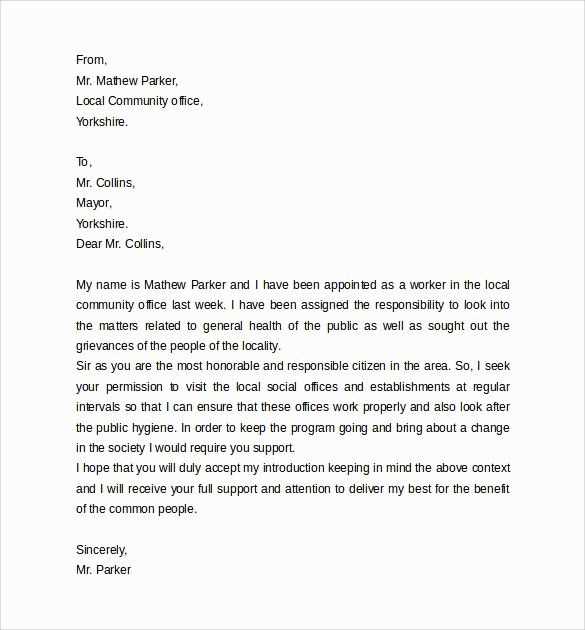
Writing a personal introduction letter requires clarity and warmth. A well-crafted letter can set the tone for meaningful connections, whether in professional or personal contexts. Begin with a clear statement about who you are and why you’re reaching out. Make it engaging and authentic to ensure your reader feels a genuine connection.
Structure the letter simply: introduce yourself, provide relevant details about your background or intentions, and express your hope for further communication. Be concise, focusing on what matters most, while keeping the tone friendly and approachable. Using personal details and specific examples helps your message stand out without overloading the reader with information.
Avoid using overly formal language–keep it natural and conversational. Whether you’re writing to a potential client, a new acquaintance, or a business partner, showing sincerity goes a long way. Personalize the letter by referring to common interests or previous encounters, if applicable, to make it feel more tailored and less generic.
End with an invitation to connect further, leaving the reader with a positive and welcoming impression. A well-thought-out introduction opens the door to new opportunities and builds a foundation for future communication.
Structuring the Body: Key Points to Include
Begin by clearly stating your purpose for writing. Whether it’s to introduce yourself, apply for a job, or establish a professional relationship, outline your goal directly. Avoid vague phrases and focus on the primary reason for reaching out.
1. Personal Background and Relevance
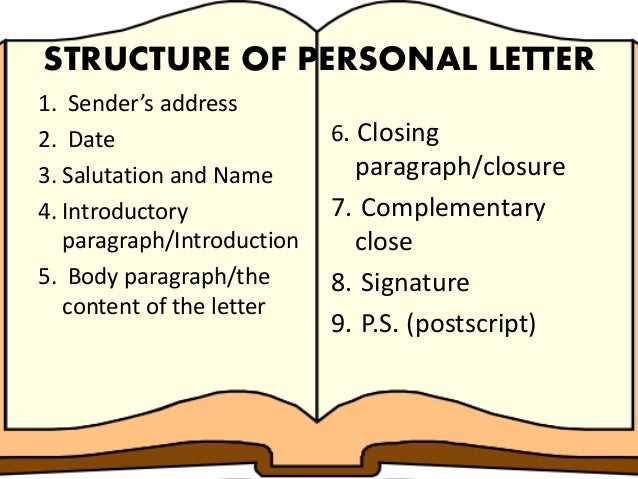
Provide a brief overview of your background, highlighting the key elements that are relevant to the recipient. If you’re applying for a position, mention your qualifications and how they align with the job. If you’re introducing yourself to a new contact, share your current role or interests that are pertinent to the conversation.
2. Specific Interests or Goals
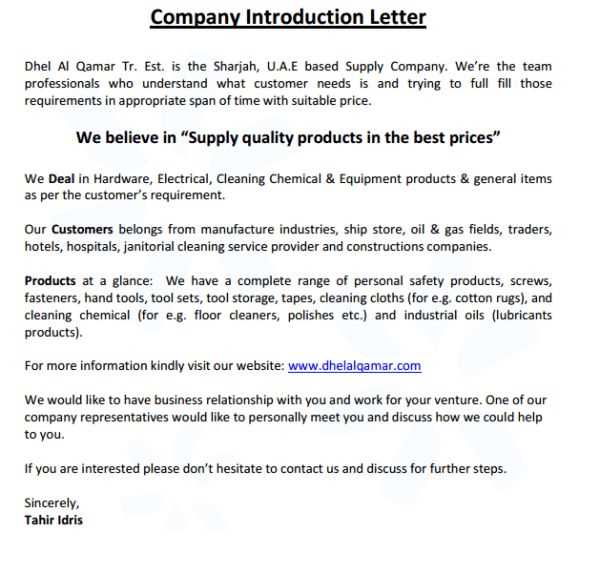
Be clear about what you’re looking for or hoping to achieve from this connection. Whether you’re seeking advice, proposing a partnership, or simply introducing yourself, make sure this point is obvious. Tailor your message to suit the specific context and audience.
Finish with a polite call to action. Let the recipient know how they can respond, whether it’s scheduling a meeting, replying to your email, or offering feedback. Keep it open-ended and respectful.
Choosing the Right Tone for Your Audience
Adjust your tone based on who will read your letter. If you’re writing to a formal organization, use a professional and respectful tone. On the other hand, if your audience is a small business or a creative group, a more casual, approachable style works better.
Know Your Audience’s Expectations
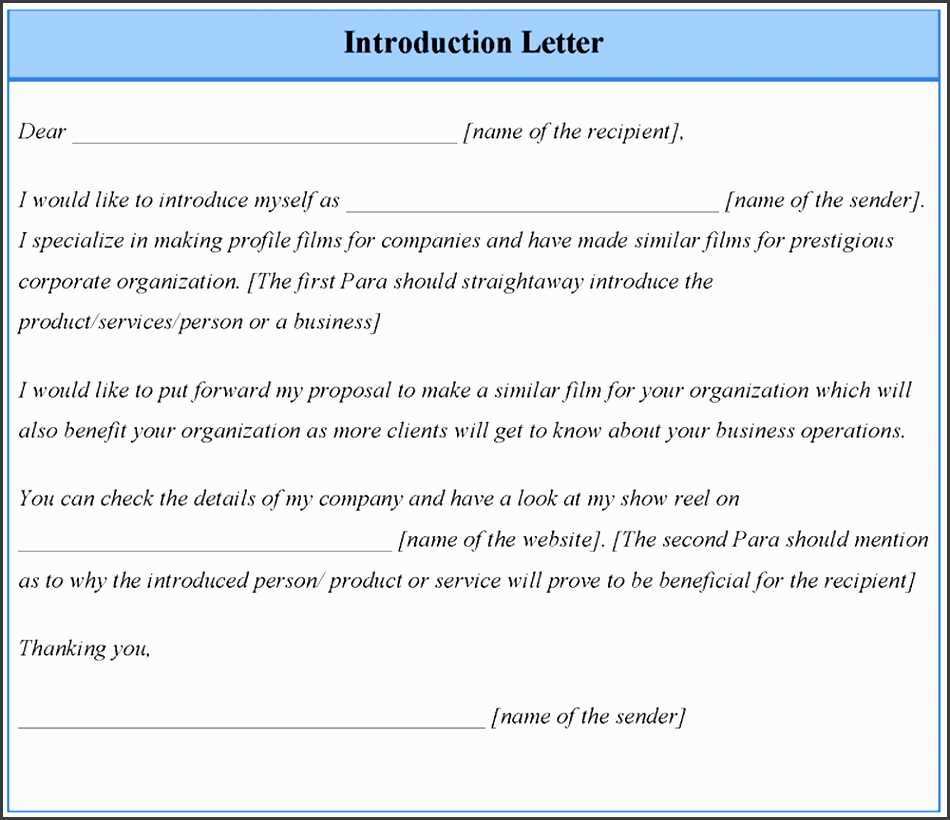
Understanding the expectations of your audience is key. If they are familiar with your field, avoid jargon and instead focus on clarity and precision. If the group is new to your topic, provide enough context to make them comfortable with the content while maintaining a tone that reflects your expertise.
Match the Purpose of the Letter
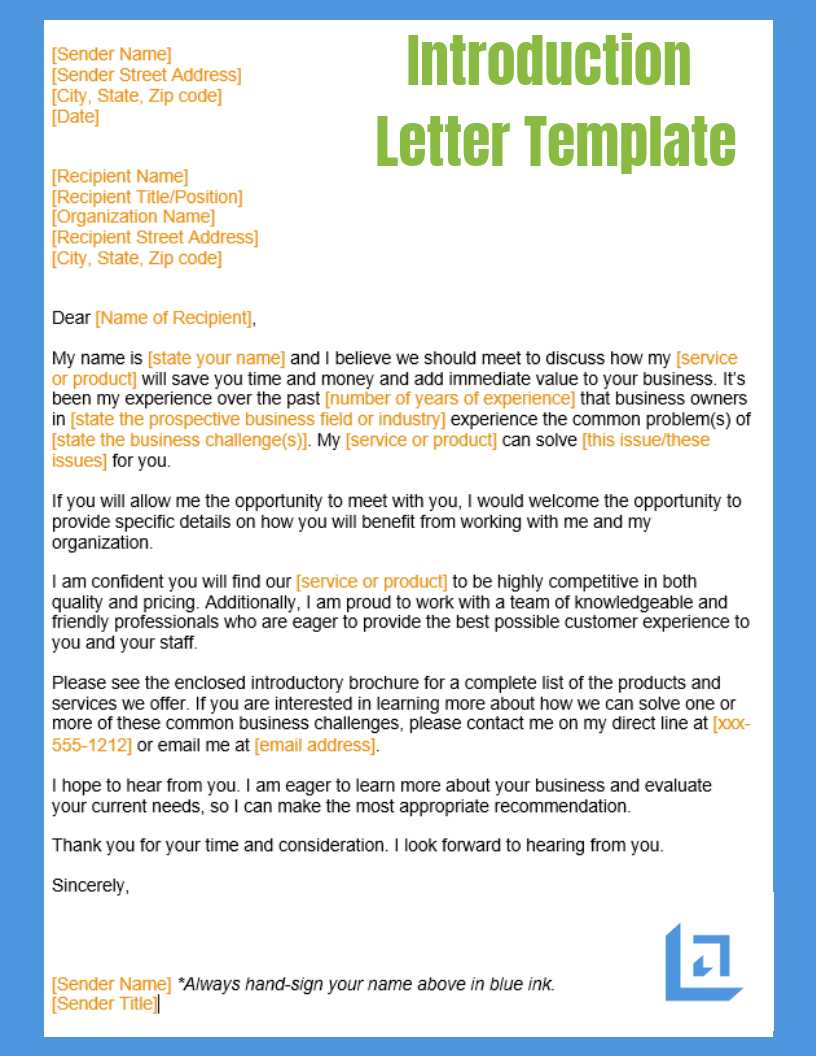
The purpose also influences tone. For a job application, keep it polite and formal, but if you’re reaching out for a casual networking opportunity, feel free to be more conversational. Tailor your approach accordingly to ensure the tone fits your goal.
Consistency is key–whatever tone you choose, ensure it remains steady throughout the letter. A mismatched tone can confuse the reader and weaken the impact of your message.
When in doubt, err on the side of professionalism. You can always adjust a formal tone to be more friendly, but starting too casual may risk coming across as unprofessional.
How to Showcase Your Skills and Experience
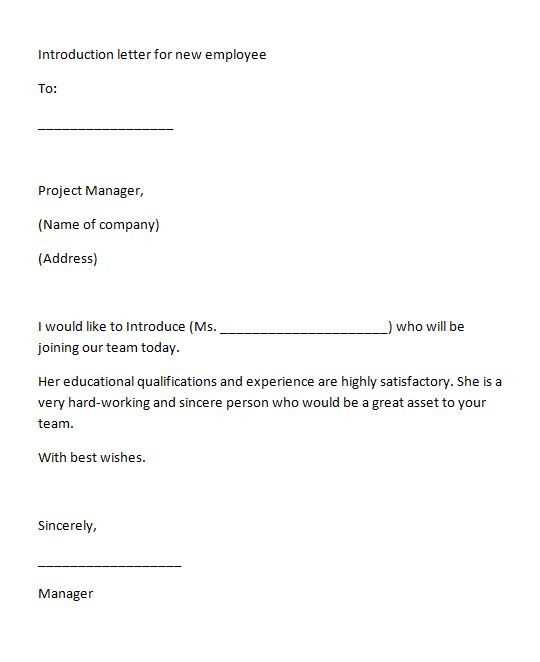
Focus on demonstrating measurable outcomes. Show how your skills directly impacted projects or helped solve specific problems. Numbers make your contributions tangible and highlight your value.
- Use specific figures: For instance, “Increased website traffic by 30%” or “Reduced project completion time by 15%”.
- Mention tools, technologies, or methodologies you mastered: “Proficient in Python, SQL, and machine learning techniques.”
- Link achievements to business goals or objectives: “Managed a team that improved customer satisfaction scores by 25%.”
Structure your experience to match the role you’re applying for. Tailor your skills to address the key requirements of the job. Align your past roles with the qualifications and expectations of the position to show a direct fit.
- Highlight relevant experience and transferable skills: “Led cross-functional teams in a fast-paced environment.”
- Demonstrate how you’ve developed over time: “Started as a junior developer, now managing large-scale projects with a focus on client success.”
Don’t forget soft skills. Communication, problem-solving, and leadership abilities make a difference in many positions. Showcase how you’ve used these skills in a professional context.
- For example: “Successfully facilitated team workshops that improved collaboration and project outcomes.”
- Or: “Managed stakeholder expectations and built strong relationships that enhanced team morale and project success.”
Customizing Your Template for Specific Situations
Tailor your template based on the purpose of your letter. If you’re introducing yourself for a job application, highlight your skills and qualifications. Include relevant experience and show how it aligns with the role you’re applying for.
For networking purposes, focus on shared interests or experiences. Mention how you’re looking to connect or collaborate, and emphasize mutual benefits. Be polite, but not overly formal.
If you’re reaching out for a personal reason, such as reconnecting with an old friend, make the tone casual and warm. Acknowledge your past relationship and express genuine interest in their current life or situation.
Adjust the length of your letter depending on the situation. A job application letter may require more detail, while a networking or personal introduction can be shorter and to the point. Be mindful of your recipient’s time and the context in which you’re writing.
Personalize the opening and closing lines to suit your relationship with the reader. A formal tone is ideal for business situations, while a more casual approach works for acquaintances or friends.